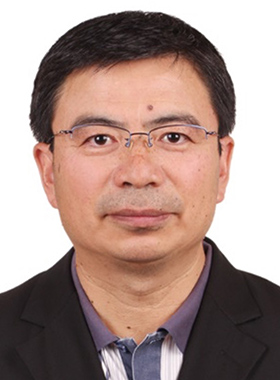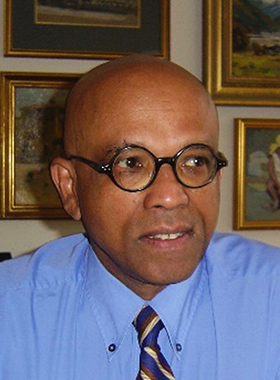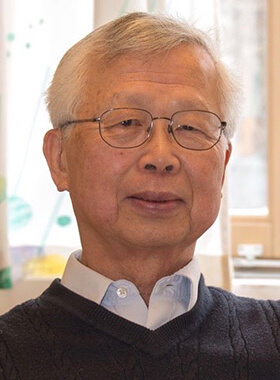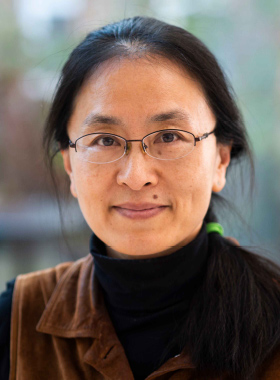n(crack-seal) – the interaction of microfracturing and crystal growth in geothermal reservoirs
Janos Urai
RWTH Aachen University, Germany
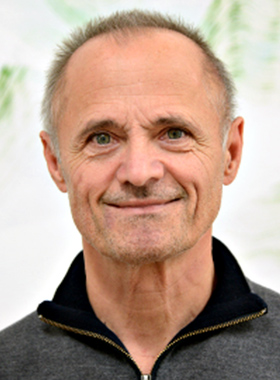
Biosketch
Janos L. Urai is an emeritus Professor of Structural Geology, Tectonics and Geomechanics of RWTH Aachen University in Germany. Over his career Prof. Urai has worked in basic and applied interdisciplinary projects on problems related to the interaction of fluids and rock deformation, at a wide range of scales, using field studies, laboratory measurements, analogue modelling and numerical simulation. Prof. Urai has coached over 30 PhD students. Prof. Urai enjoys initiating interdisciplinary research projects in basic and applied Geoscience, building an Institute, designing innovative instruments, teaching Geoscience at all levels in Europe and the Middle East, coaching young talent in intercultural environments and presenting geoscience issues with societal relevance to the public. Prof. Urai was awarded the Huygens Fellowship of the Dutch Organisation of Basic Science, and senior research scientist at Shell Research. He was the Inaugural Dean of the Faculty of Science of the newly established the German University of Technology in Muscat, Oman. There he set up and organized the Department including the hiring of staff at all levels, establishing an accredited BSc and an MSc programme in a complex and multicultural environment. Over the past twenty years, many of his research projects were in Oman, where he worked on topics ranging from salt tectonics, tectonics of the Oman Mountains, fracture networks and fracture sealing in carbonates, to reservoir microporosity.
Introduction of the Lecture
Syntaxial crack-seal veins are first-order structures in deep, hydrothermal and reactive (THMC) environments where fluids create and moderate permeability and reactions interact with deformation. We modelled these veins using different approaches: we used the Phase Field Method (PFM) to model fracturing and epitaxial growth from an aqueous solution, based on thermodynamic and kinetic principles. We used the Discrete Element Method (DEM) to model the growth of cracks in rocks with veins in 3D. Recently we performed coupled Phase Field models, to study the coupled thermal, hydraulic, mechanical and chemical evolution of syntaxial crack-seal veins. Observations of syntaxial vein microstructures provide data on microstructure, vein crystal morphology and facet crystallography for comparison of our results with natural prototypes. The coupled models lead to a better understanding of the feedback mechanisms between fracturing and sealing processes, quantify the evolution of mechanical and transport processes, help define new diagnostic microstructures in natural veins and form the basis for upscaling our models.
Janos L. Urai 1, Michael Späth2, Liene Spruzeniece1, Britta Nestler3
1 Institute of Applied Materials – Computational Materials Science (IAM), Karlsruhe Institute of Technology (KIT), Straße am Forum 7, 76131 Karlsruhe Germany
2 Institute of Tectonics and Geodynamics, RWTH Aachen University, Lochnerstraße 4-20, Aachen, Germany
3 Institute of Digital Materials Science (IDM), Karlsruhe University of Applied Sciences, Moltkestraße 30, 76133 Karlsruhe, Germany

